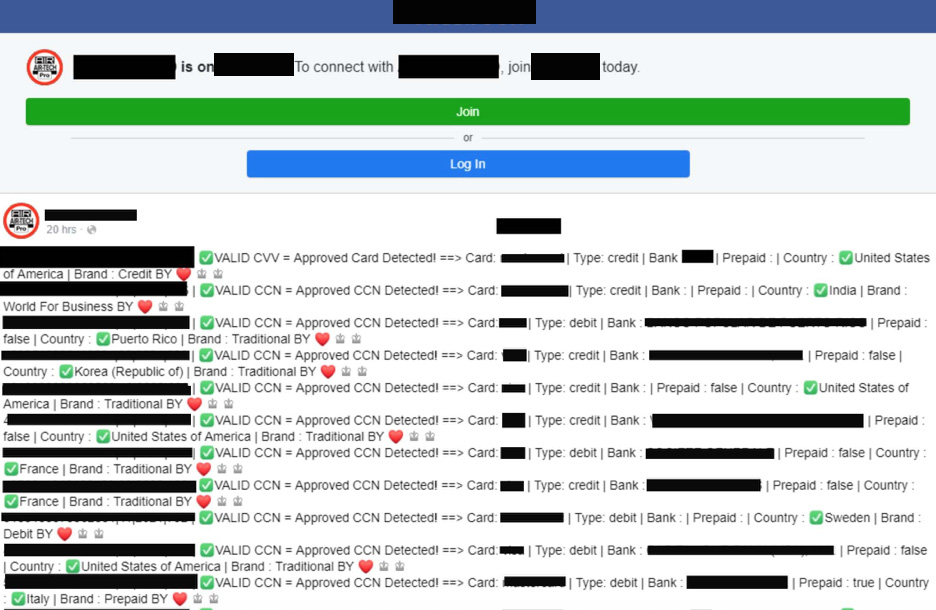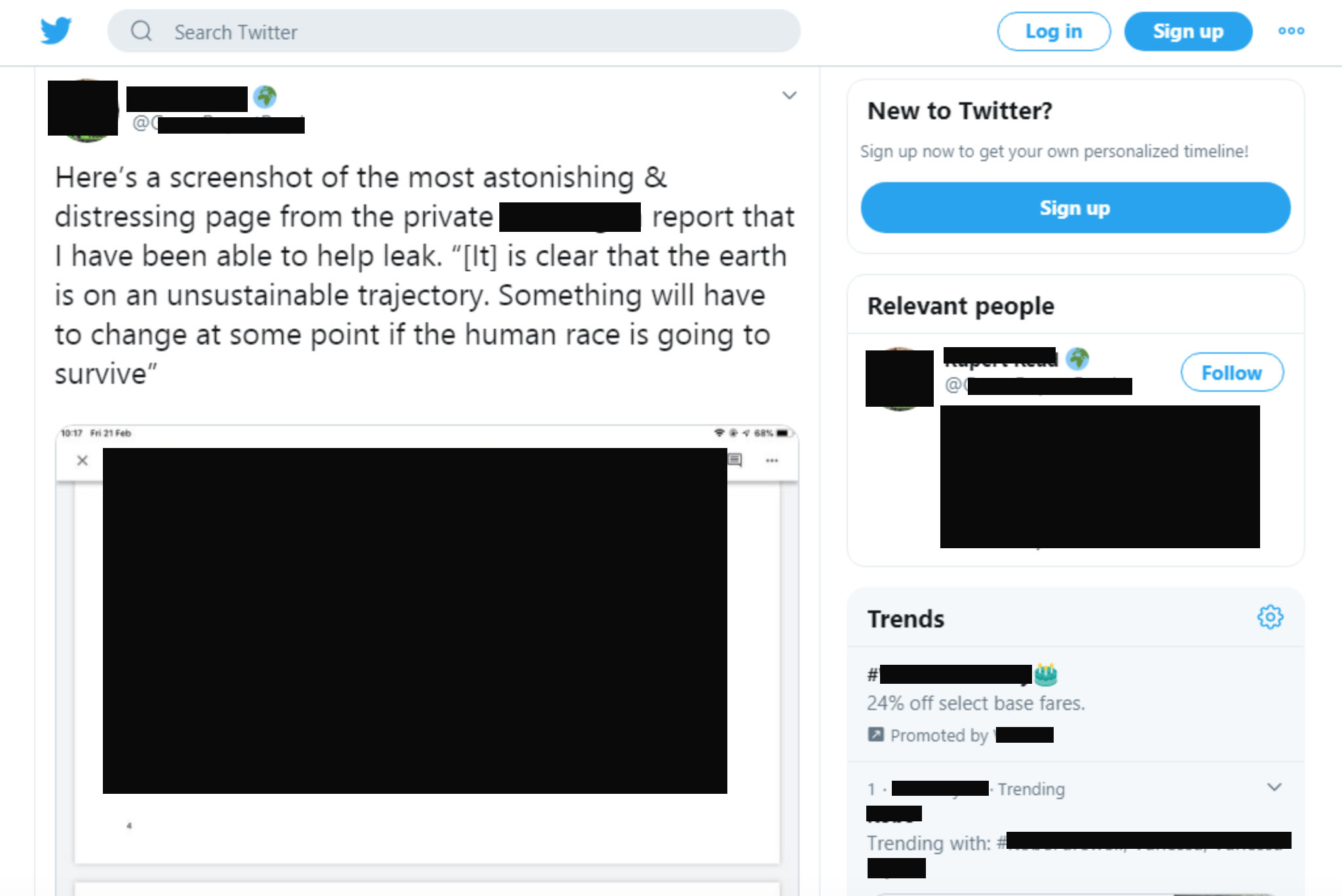When we hear “data leak,” most enterprises immediately think of the dark web. And while it’s true that stolen information shared on anonymous, gated platforms can be damaging, there’s a growing trend that’s even more alarming: data being exposed on social media. These public channels allow for faster distribution and can lead to more immediate — and potentially more destructive — consequences. These platforms have an overwhelming number of global participants, with almost half of the world's population using some form of social media. Actors are aware of the massive audience this allows them to reach and as such, are using these channels to promote and expose confidential data. Security teams should implement strong social media protection measures to combat these threats.
In 2023, the likelihood of an enterprise
experiencing a data breach within the next two years has risen significantly, with 33% of organizations reporting at least one breach annually. That, combined with the potential for social media data leaks occurring with the intent to expose an organization or because of human error, means that organizations are increasingly susceptible to some form of sensitive data loss. While the odds are growing that information will be leaked, using a social platform to leak it will only increase the chance that it will be seen, abused, and remain exposed online longer than it has in the past.
The damage to an organization experiencing a data leak on social media can manifest in various ways. Regardless of the nature of what is leaked, as well as the extent, the bad publicity surrounding the event can have a long-lasting impact. Without a solid reputation that customers feel they can trust, loss of business and a decline in profit is inevitable.
Direct expenses associated with the breach can also wreak havoc on an organization. Legal consultation, investigation into the source of the exposed content, and proactive actions to smooth public relations are all means of damage control that are necessary as well as costly.
The example above shows a social media post exposing credit card information for individuals belonging to a global financial institution. Although threat actors traditionally used paste sites and the dark web to advertise stolen account data, social sites also are being used in similar fashion.
In the second example, an internal document from a global investment firm was exposed on Twitter (now X). Unlike gated platforms, content shared here can spread fast — and far. With over 350 million users, a single retweet can instantly amplify sensitive information, making it visible to a massive audience. The fallout from this kind of exposure can be swift and severe.
Social media has revolutionized how information spreads — instantly and globally. But that same power is exploited by threat actors to leak sensitive data in ways that are fast, public, and difficult to contain. For enterprises, this isn’t just a communications challenge but a security imperative. Proactive
social media risk monitoring and clear response protocols are no longer optional; they’re essential to minimizing damage when sensitive information goes public.
Additional Resources:


